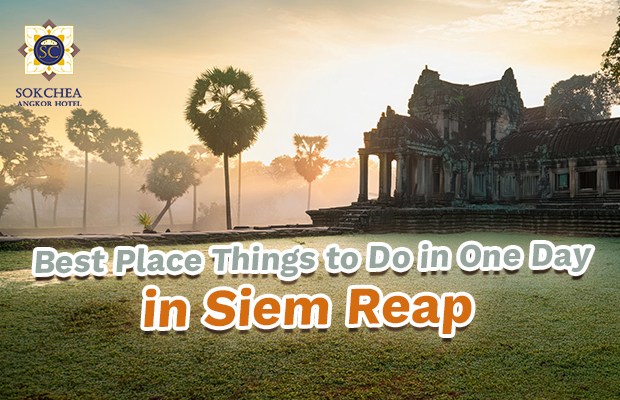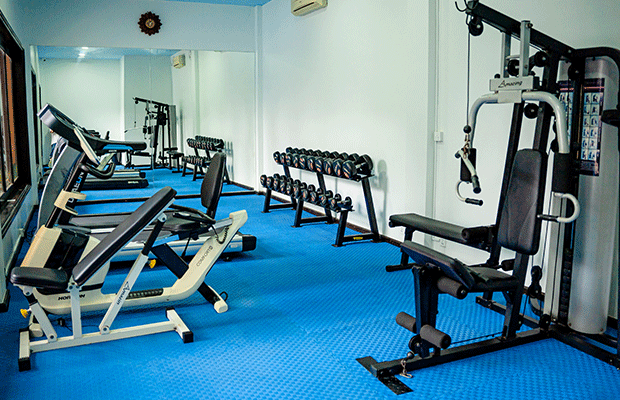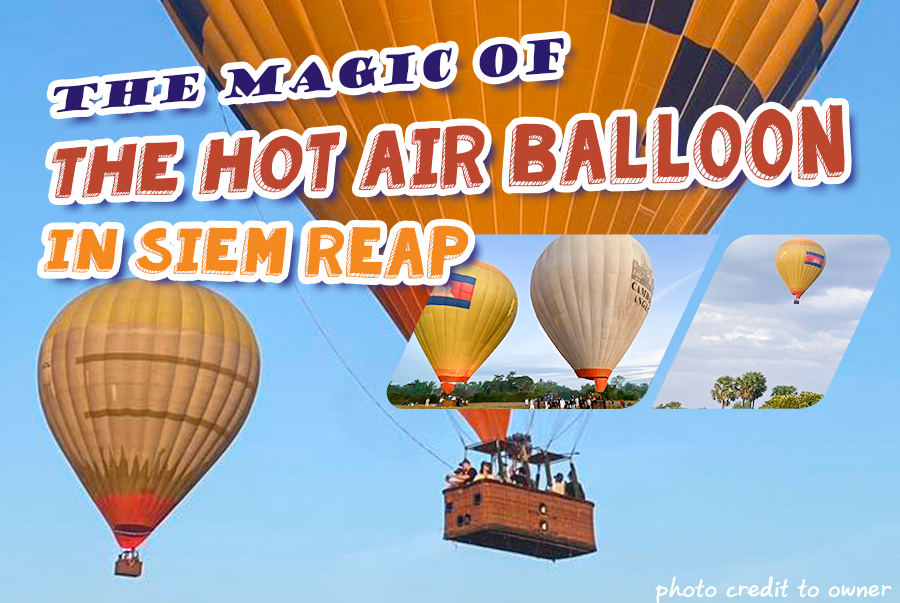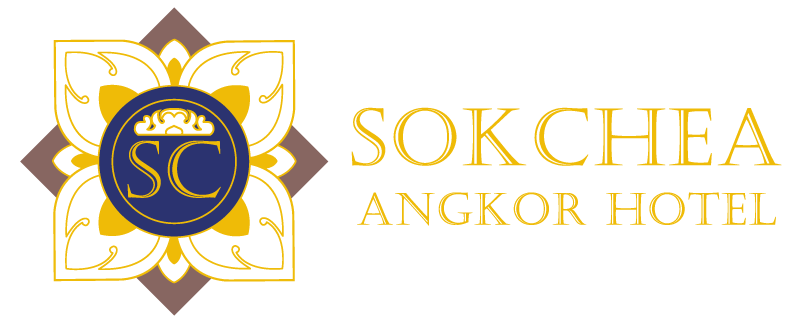Tucked away just a short drive from the heart of Siem Reap, Angkor Speedway is Cambodia’s premier destination for motorsport enthusiasts and thrill seekers alike. More than just a racetrack, Angkor Speedway offers an adrenaline-fueled experience in a safe, professionally managed environment, making it a must-visit attraction for locals, expats, and tourists. Whether you’re a seasoned racer or a complete beginner, this unique facility brings together the excitement of motorsports with the stunning cultural backdrop of Angkor Wat and the surrounding temples.
Angkor Speedway was developed with the vision of creating a world-class motorsport destination in Cambodia, offering everything from go-kart racing to drift and track days for amateur and professional drivers. The track features a high-quality asphalt surface, well-designed curves, and straightaways that challenge even experienced drivers while remaining accessible and fun for newcomers. Safety is a top priority, with well-maintained vehicles, proper gear, and trained staff ensuring a secure racing environment.
What sets Angkor Speedway apart is its ability to cater to a wide range of interests. For casual visitors or families, the go-kart track provides an exciting and safe way to try racing for the first time. The karts are easy to handle but powerful enough to offer a real sense of speed, making it a fun activity for both adults and kids. For more advanced drivers or motorsport clubs, the speedway hosts regular track days and competitions, offering the opportunity to push vehicles to their limits on a controlled circuit. Motorcycle riders are also welcome, with designated events and training sessions to help improve skills and safety awareness.
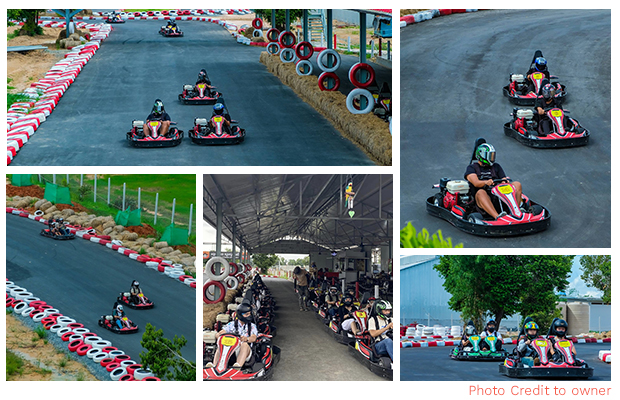
In addition to racing, Angkor Speedway plays a key role in promoting motorsports culture in Cambodia. It often partners with local organizations to host driving workshops, car shows, and motorsport events that bring together the automotive community. These events not only support tourism but also help nurture a growing local interest in car and bike culture, tuning, and racing as a sport. There are also options for corporate team building activities, private events, and birthday celebrations, making the speedway a versatile venue for entertainment and community engagement.
Set against the rich cultural landscape of Siem Reap, Angkor Speedway offers a truly unique blend of heritage and horsepower. After a high-energy day at the track, visitors can explore the world-famous Angkor Archaeological Park or enjoy the vibrant nightlife and cuisine of downtown Siem Reap. This makes the speedway a perfect addition to any travel itinerary, whether you’re seeking high-octane excitement or simply looking for a new way to experience Cambodia.

